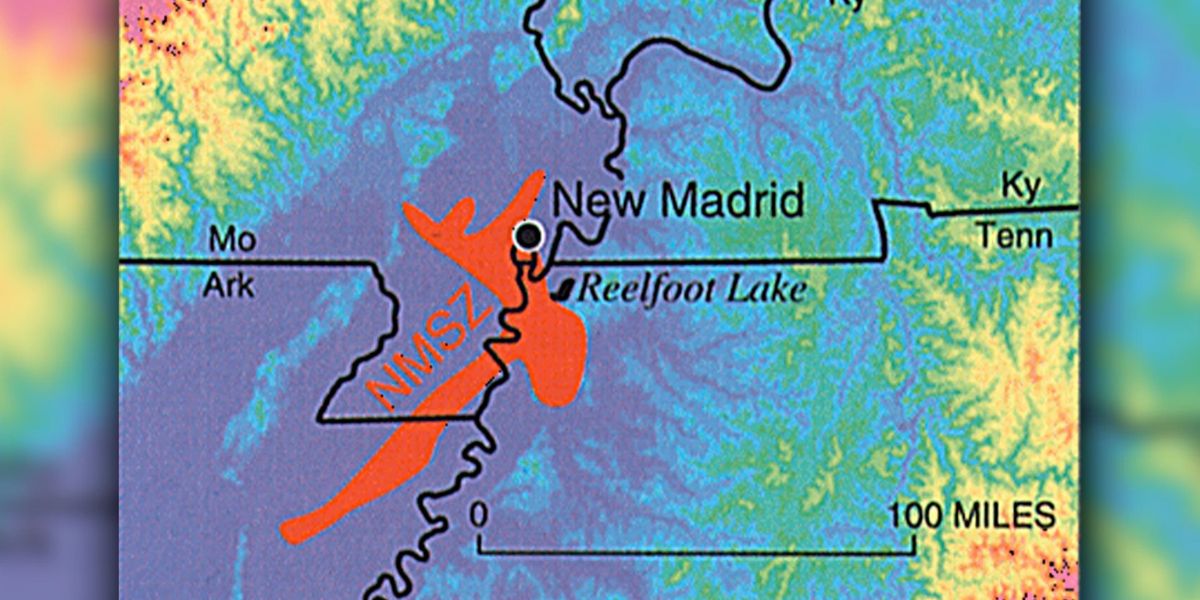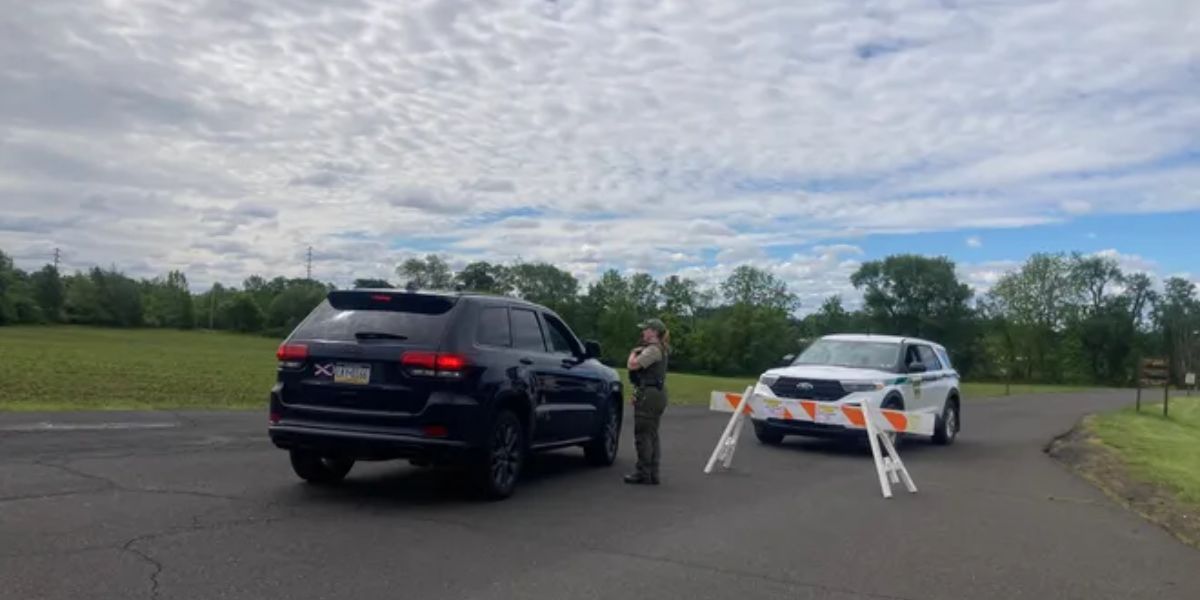JEFFERSON CITY, MO —
Concerns are rising across Missouri after a recent geological report reignited warnings about the state’s vulnerability to a major earthquake stemming from the New Madrid Seismic Zone.
The findings have prompted renewed scrutiny of Missouri’s earthquake preparedness, revealing significant gaps in public awareness, infrastructure resilience, and emergency planning.
A Quiet but Persistent Threat
The New Madrid Seismic Zone, located in the southeastern region of Missouri, is one of the most seismically active areas in the central United States. Despite its relatively quiet surface activity, the fault line has produced some of the largest earthquakes in North American history. While major quakes have not occurred since the early 19th century, scientists continue to monitor frequent minor tremors that indicate the zone remains active.
For many residents and local officials, the threat has long been considered abstract—distant in both time and relevance. However, the recent report suggests that the risk of a significant seismic event in the coming decades remains substantial. This has brought renewed urgency to conversations about Missouri’s level of preparedness.
One of the primary concerns raised in light of the new findings is the general lack of earthquake preparedness among residents and local municipalities. In many parts of the state, few homes are built or retrofitted to withstand strong seismic activity. Earthquake insurance coverage remains low, and public drills or awareness campaigns are sporadic at best.
Emergency planners warn that a major quake in the region could cause widespread structural damage, disrupt essential services, and result in massive displacement. Older buildings, schools, and hospitals—many of which were not constructed with seismic activity in mind—could be especially vulnerable. The potential for economic disruption and loss of life looms large without substantial improvements in preparedness measures.
State and local governments face mounting pressure to update emergency response plans and strengthen infrastructure. Critics argue that too little has been done in the years since the last major preparedness assessments. Funding shortages, political inertia, and a focus on more immediate issues have slowed progress.
Public officials acknowledge the challenges but stress that steps are being taken to improve readiness. Efforts include updating building codes, conducting earthquake drills, and enhancing communication systems for emergency alerts. However, implementation varies widely across jurisdictions, and some rural or economically disadvantaged areas remain significantly underprepared.
The renewed spotlight on the New Madrid fault is a wake-up call for Missouri. Experts emphasize that while earthquakes cannot be prevented, their impact can be mitigated through planning, education, and investment. They call on state leaders, businesses, and citizens to treat seismic preparedness with the same seriousness afforded to more visible threats like floods or tornadoes.
As the state grapples with the implications of the latest geological assessments, one thing is clear: the time to act is now, before a quiet fault becomes the epicenter of disaster.

 by
by 

